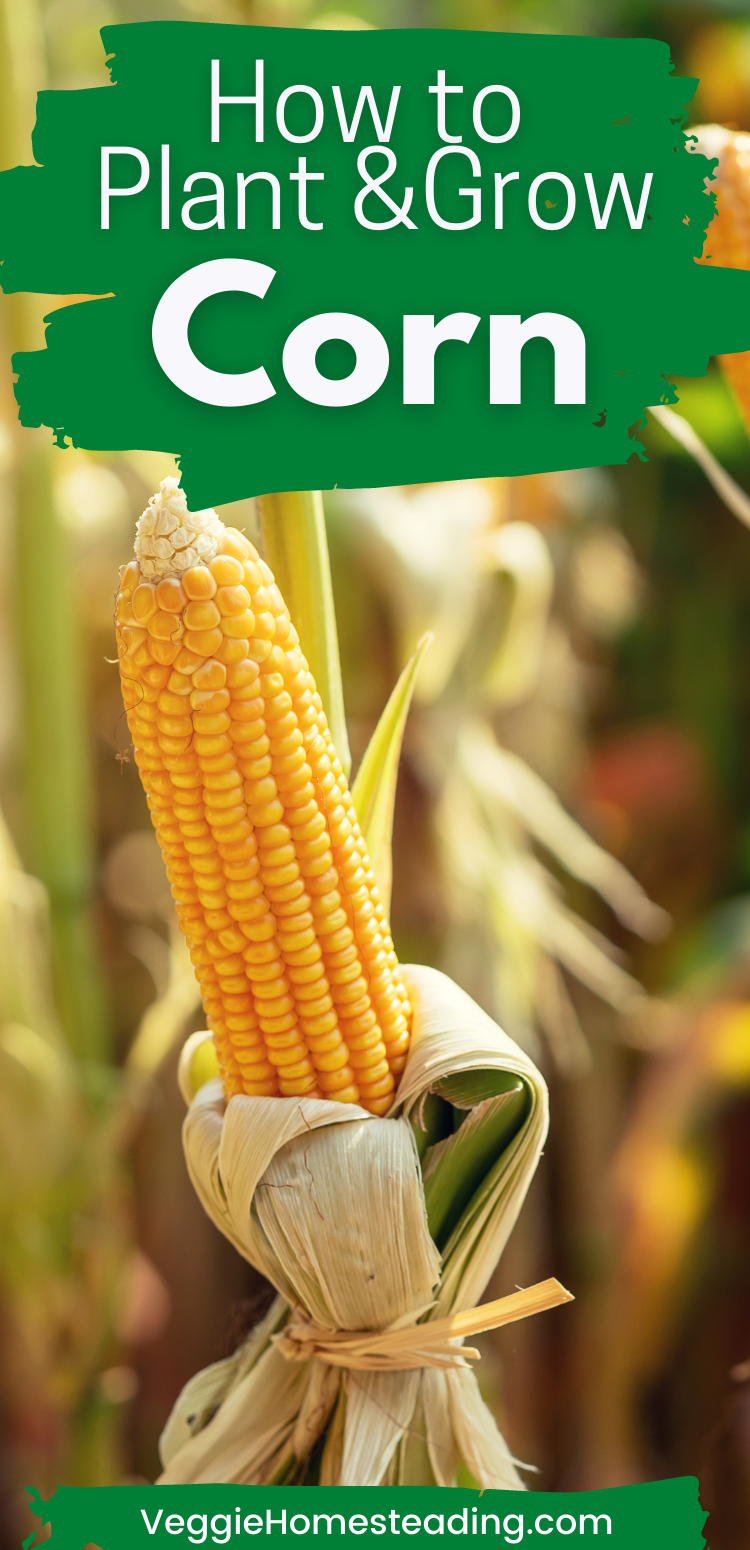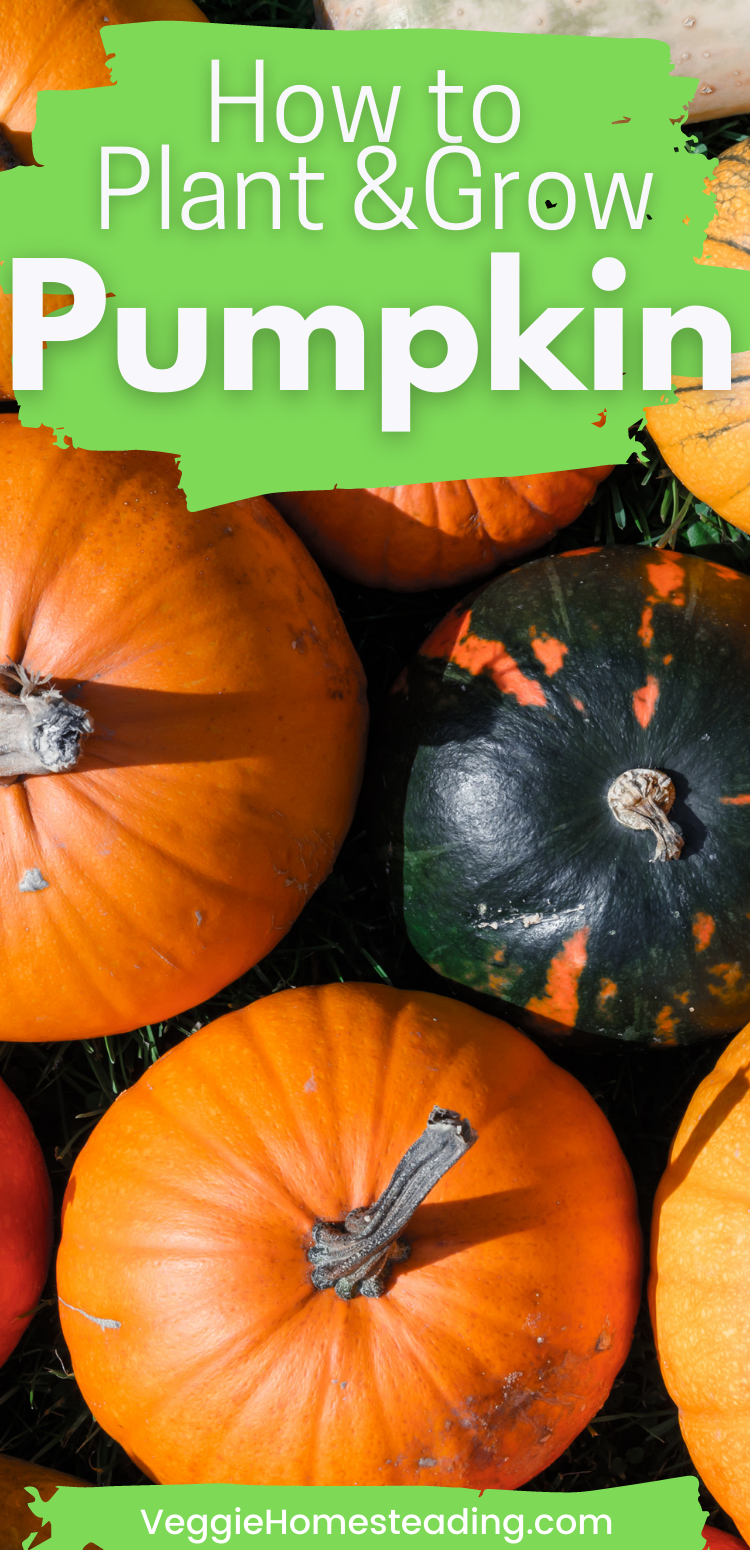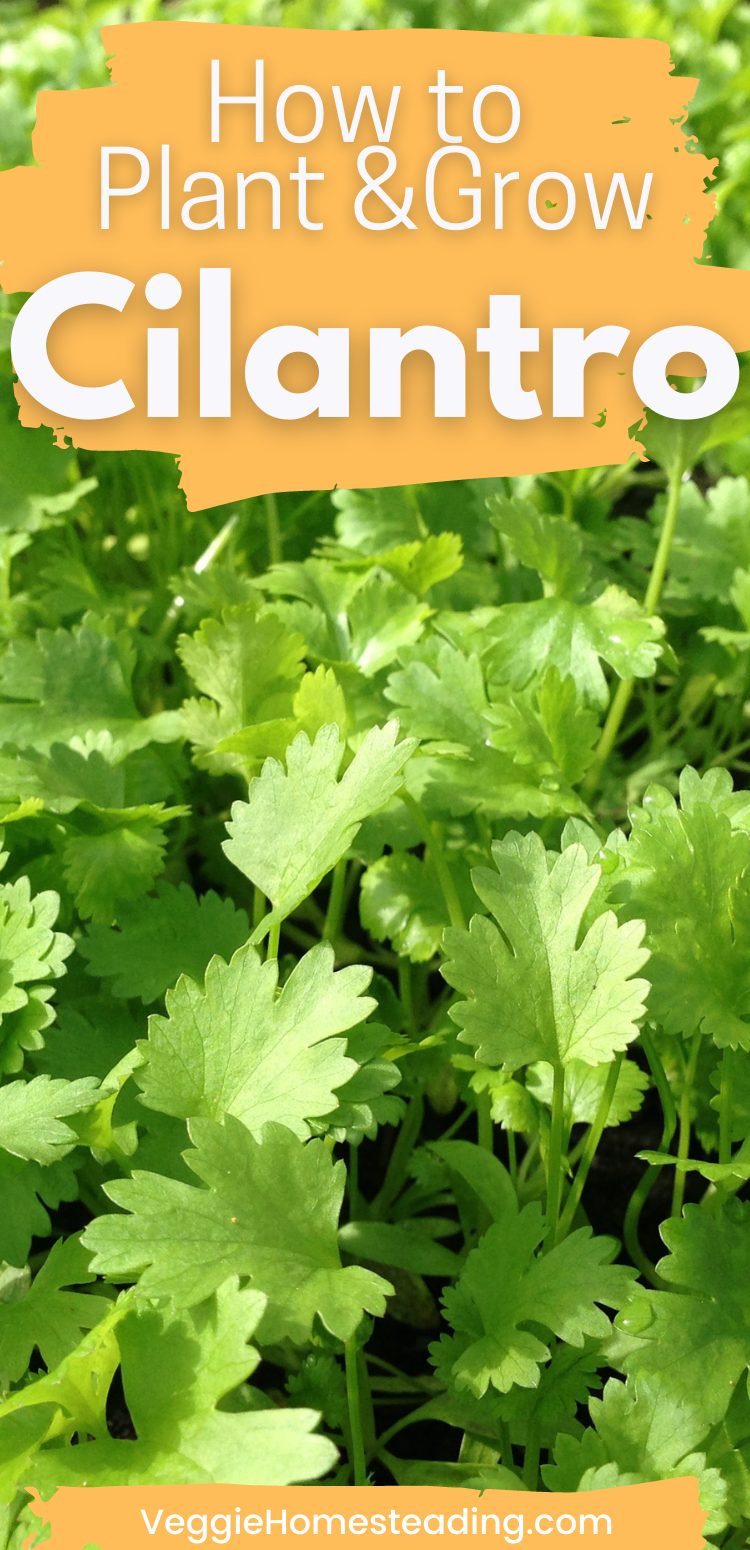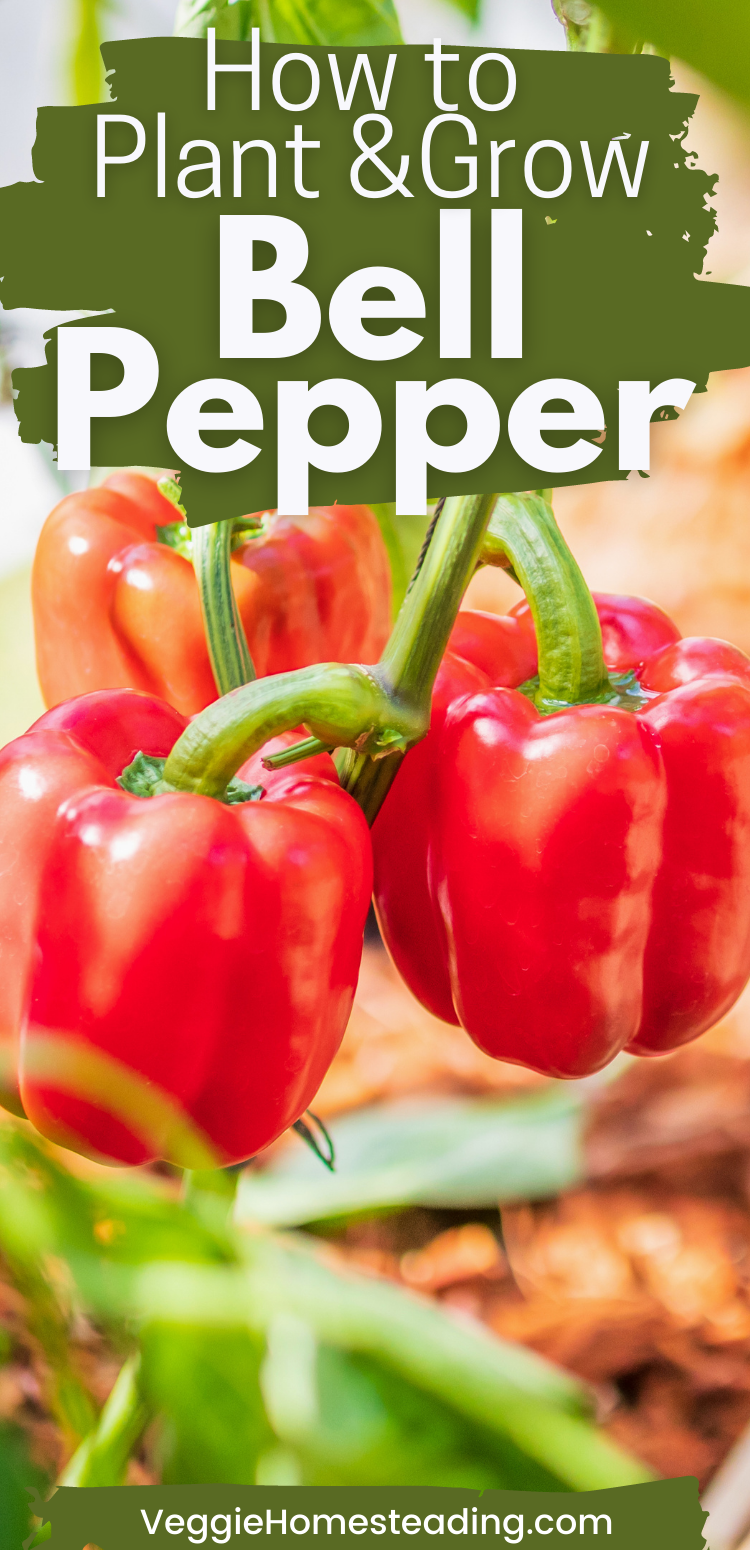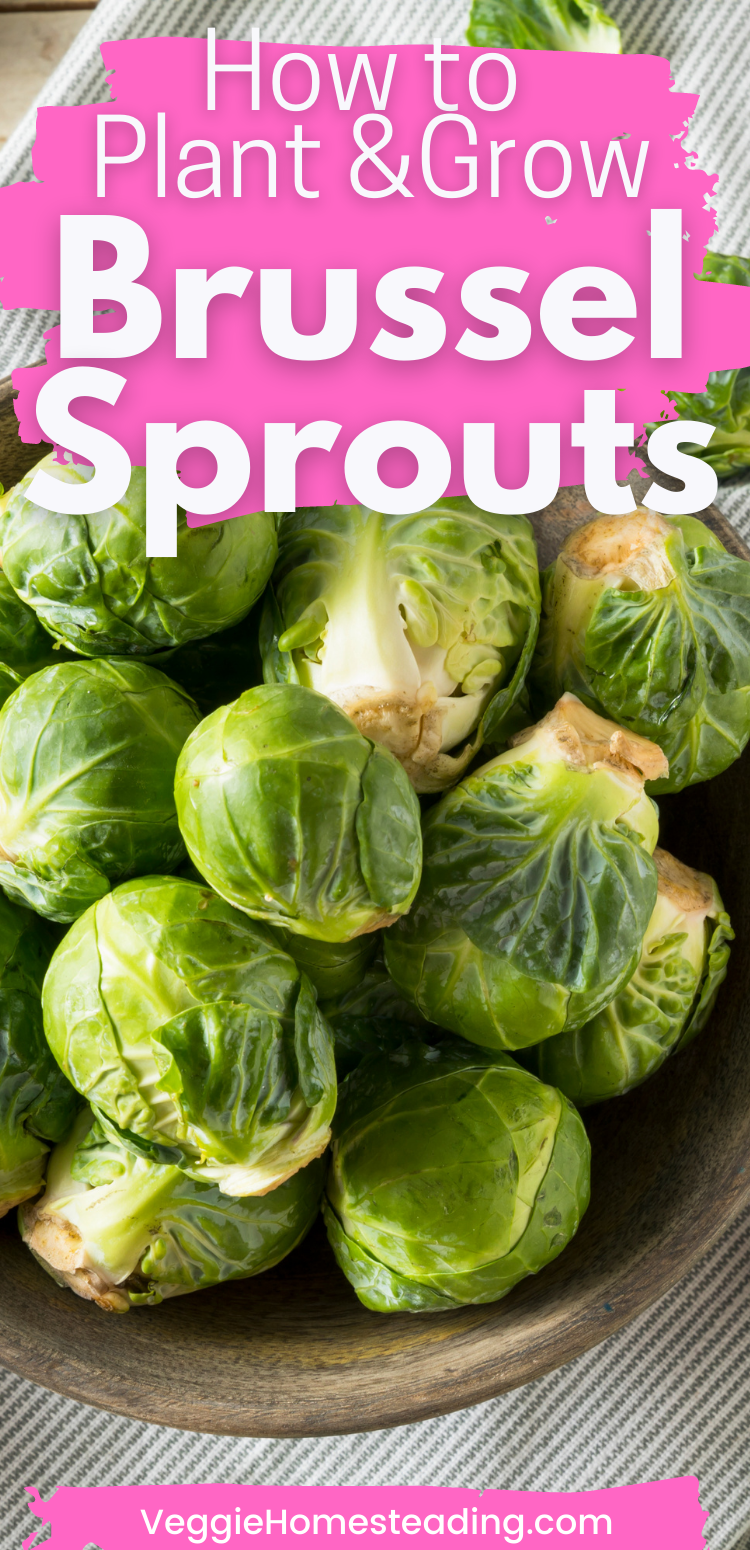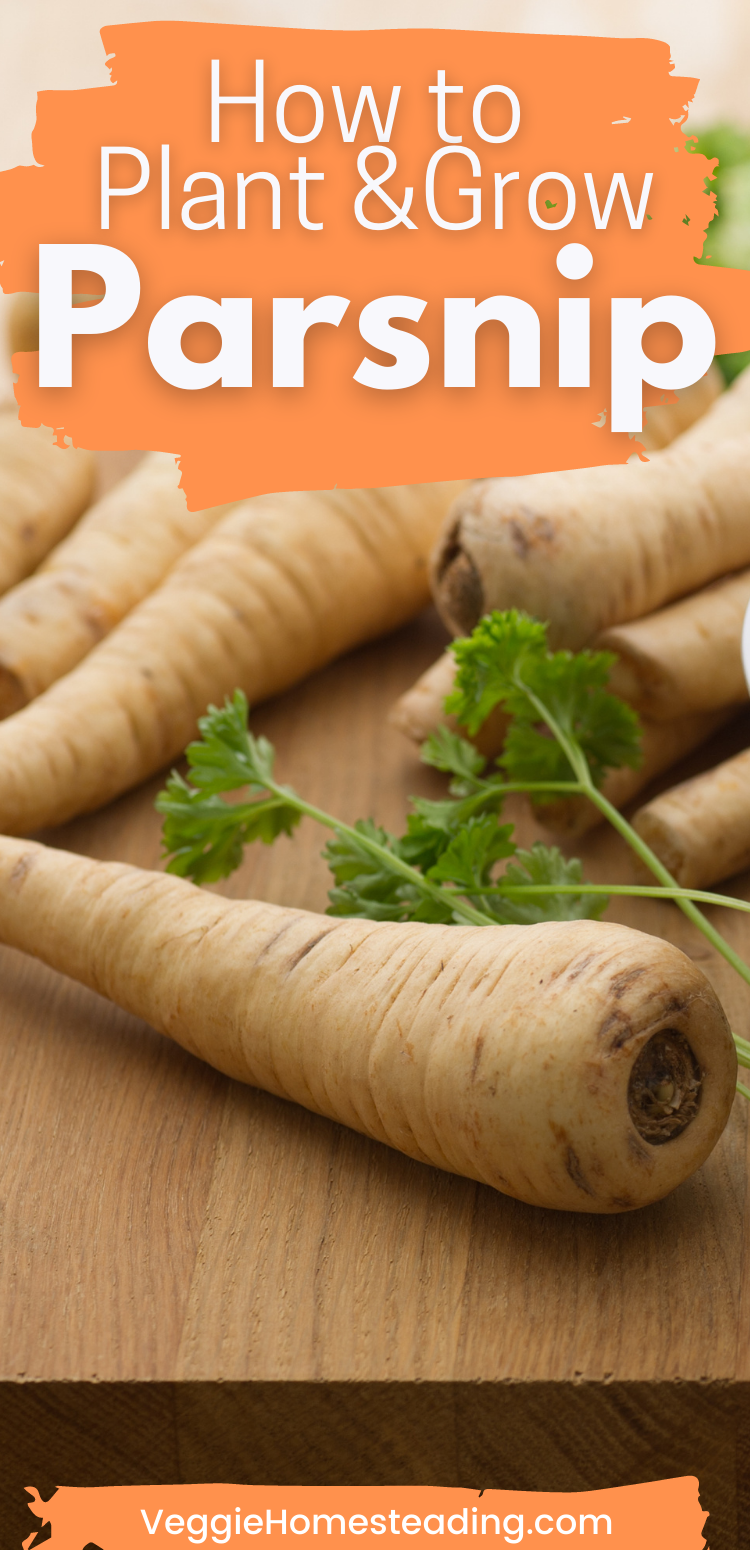Planting & Growing Beans
Information and facts all about growing beans. This includes both bush and pole beans.
Botanical Information: Phaseolus Vulgaris
Common Name: Green bean, snap bean, string bean
Quick Facts
– Hardiness zone: 2-10
– Bush Beans will be ready to harvest from seed in 20 to 55 days.
Pole Beans will be ready to harvest from seed in 55 to 65 days.
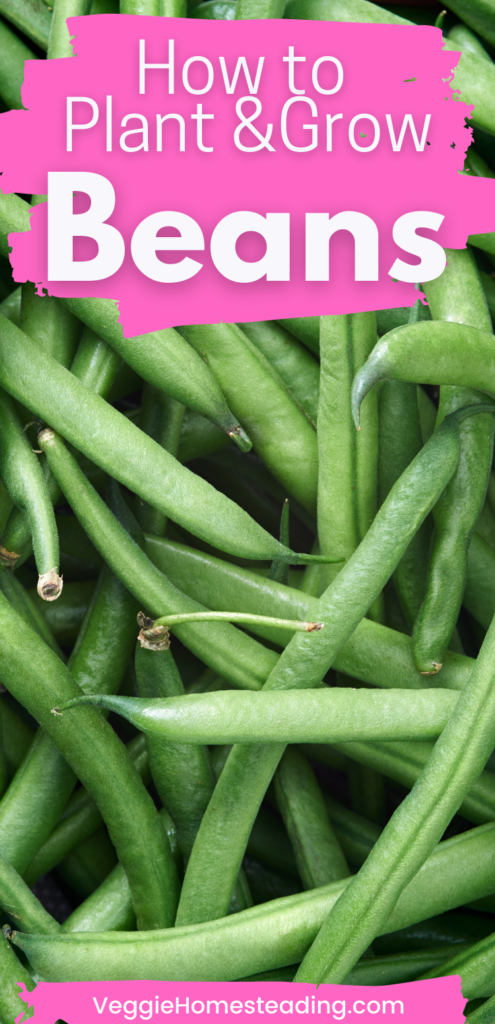
Green Bean Varieties
Kentucky Wonder: An old pole variety of string bean that’s highly popular and tastes great.
Lazy Housewife: German heirloom pole bean, does not require stringing.
Romano: broad, Italian style green bean with meaty flavor, bush or pole.
Bountiful: An early producing, stringless heirloom bush bean.
Golden Wax Bean: Easy producing, soft textured, yellow bush bean.
Royal Burgundy: Purple pods that turn green when cooked, produces early, bush bean.
Starting
Beans are a direct sow into the garden. The roots are easily damaged, they do not like to be transplanted. If you must start inside, plant in a biodegradable pot and transplant the entire pot & plant together. Make sure to plant after danger of frost has passed. Seeds sown too early may rot in cold, damp soil, and the plants require warm weather to grow. Preferably soil temperature between 70 and 80 degrees. If the temperature is below 60 degrees, seeds will germinate more slowly.
Spacing
All bean seeds should be planted 1 inch deep.
Bush Beans should be planted 2.5 to 3 feet apart with the seeds 1 to 2 inches apart. After germination, thin the seedlings to 3 to 4 inches apart.
Pole beans support could be a trellis, teepee or fence. They should be 6 to 8 feet tall. Plant 3 to 4 bean seeds per pole, spaced 2 to 3 inches apart. Space the support 3 to 4 feet apart.

Companions and Enemies
There are many other plants that make great companions for both bush and pole beans. This includes broccoli, brussel sprouts, cabbage, carrots, cauliflower, celery, kale and peas. Some other plants may even benefit beans. The corn stalks ban be the support for pole beans and do not steal the water or light from the beans. Cucumber, eggplant and radish all encourage strong bean growth as well as boosting the nitrogen in the soil. Rosemary and potatoes can help prevent pests.
On the same hand, there are plants that should not be planted near beans. Beets will stunt the growth of beans. Anything in the onion family, including onions, leeks, garlic and scallions shouldn’t be planted near beans as they will stunt the growth of beans.
Also to note, beans can prevent peppers from growing as the vines will choke the peppers.
Watering
Bean seeds should be watered immediately after planting. Then water regularly to not let the soil dry. Beans will stop flowering with extreme temperatures, but continuous water helps them to resume flowering and production when temperatures cool.
Beans prefer 1 inch of water per week. A drip irrigation can be used for supplemental watering. Plants that are under watered will stop flowering.
Light
Beans need full sun. Full sun helps keep the plants from staying too wet, which will help prevent diseases.
Maintenance
Pruning may be necessary for pole beans. Remove all growth within 6 to 8 inches of the plants, including other pole bean plants.
Pollination
Beans are self-pollinating, which means they do not need bees or other insects for production.
Common Problems
There are a few types of beetles and animals that may be attracted to beans. This may include Mexican bean beetles, spider mites, Japanese beetles and aphids, as well as bean leaf beetles. Deer and groundhogs also like beans, so fences should be used to prevent them.
Beans can suffer from fungal diseases, such as Alternaria leaf spots that can happen in too damp conditions. Other common diseases are Anthracnose, bacterial blight, white mold, bean rust and mosaic virus. Prevent these diseases by keeping bean vines dry, preventing overcrowding and providing significant air circulation.

Harvesting
You can start harvesting anytime after beans form. Most prefer to harvest beans when they are young, about the size of a small pencil.
Be gentle when pulling thee beans. You can snap the the beans off the vine. Work gently, to not damage the plant or vine. As long as you keep harvesting beans, they will keep producing. Also, if you don’t harvest, the plants will mature and stop flowering.

Preparing
Beans can be prepared and preserved in a variety of ways. This includes freezing, canning, freeze drying, pickling or eating fresh.
You might find this information about freezing helpful too!

